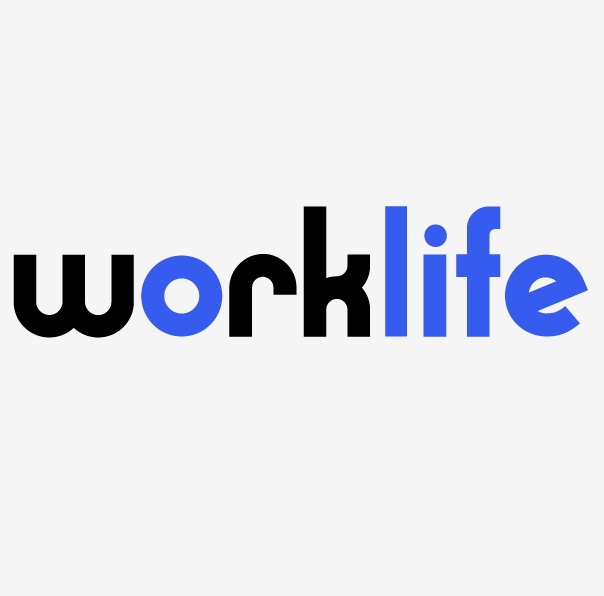If you have or want a drug testing policy, you need to pay attention. OSHA has issued a new regulation that reflects the agency’s view that blanket or automatic post-accident drug testing policies deter employees from reporting incidents. Enforcement begins November 1, 2016.
We have always urged clients to implement drug and alcohol testing policies that include pre-employment, reasonable suspicion and post-accident components. Pre-employment testing is self-explanatory. Reasonable suspicion testing means that if the employer has some objective evidence that an employee is impaired at work, they can immediately send the employee for testing. Just to be clear, “send” means with someone else driving, preferably a manager. The objective evidence part can be tricky. Although we all think we know the common signs of drug or alcohol impairment, the symptoms of some serious medical problems can imitate those signs. For that reason, it is important to react swiftly but not to come to a conclusion until you get the results back.
Post-accident drug testing, the target of the new OSHA regulations, is not as simple as it sounds. Under such a policy, if an employee is involved in a work-related accident, the employer automatically sends the employee for drug and alcohol testing to determine whether there is anything inappropriate in their system. The various Departments of Transportation (federal and state) require such testing for those involved in interstate transportation (long-haul truck drivers, train engineers and bus drivers). Although the testing process may be complicated by the need for emergency medical treatment for injuries, the policy can require blood testing during such treatment. There can also be good reasons to make exceptions to the policy. If a ceiling tile falls on an employee’s head, for example, the employer probably should not send that employee for drug and alcohol testing (Advil will probably do the trick). But if an employee falls down the stairs at work, it may be worth finding out if it was a slip or something of greater concern.
So this is what OSHA has come up with now. Believe it or not, the new rule itself, which became effective in August 2016 (but will not be enforced until November 1, 2016), requires employers to establish a new accident reporting policy (details to follow); it is not about drug testing. But here is how OSHA sneaks in its real agenda: the rule requires employers to establish and publish an accident reporting procedure that is “reasonable.” OSHA makes it clear, in the commentary but not the rule itself, that automatic drug and alcohol testing post-incident is not “reasonable” because of its potential deterrent effect on reporting. In other words, OSHA is concerned that employees will not report an accident if they will be drug tested. You have to wonder why an employee with no drugs in their system would mind being tested, but apparently privacy is more important than safety. Now that is a new twist.
The OSHA commentary on the rule urges that post-accident drug testing be limited to those instances in which “drug use is likely to have contributed” to the accident. How that can be determined without drug testing is not exactly clear, but that’s the way it works. The rule also requires that the new “reasonable” reporting procedure explain to employees that they have the legal right to report work-related accidents and illnesses, and states that the employer cannot discharge, discriminate or retaliate against an employee for making such a report. The “reasonable” penalties are $12,000 for each violation and $120,000 for willful or repeat violations.
By these new regulatory measures, aimed at encouraging the reporting of workplace accidents and protecting employees, OSHA has complicated things.
Let us know if you need a drug testing policy or would like us to revise your old one.









